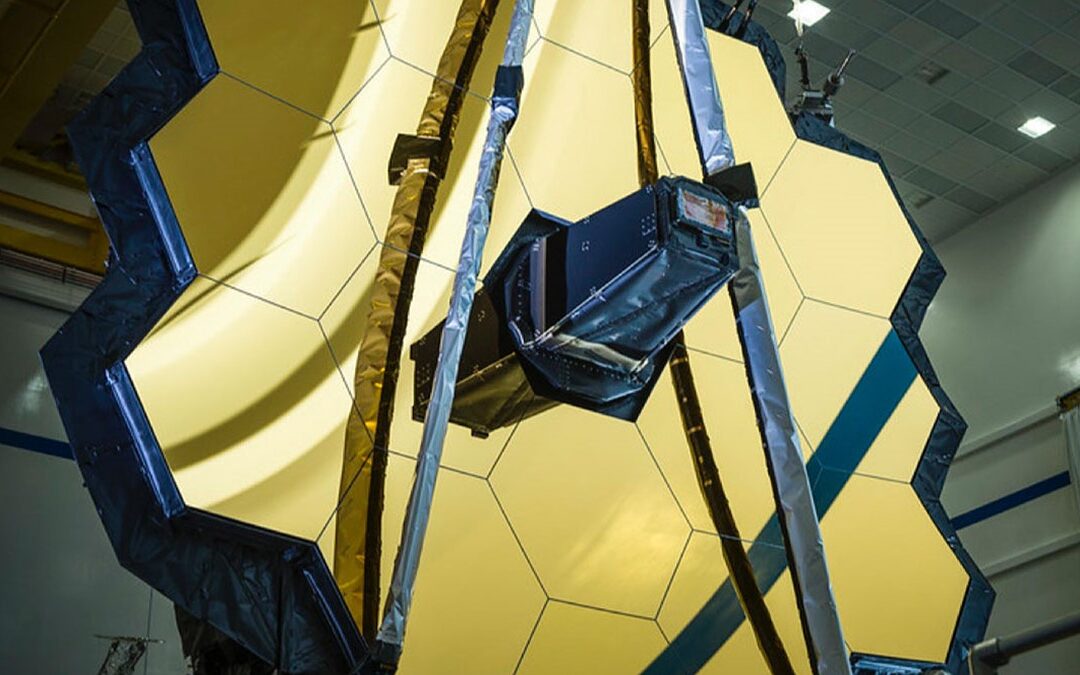Launched in December 2021, the James Webb Space Telescope (JWST) has taken the astronomy world by storm. Its revolutionary infrared vision allows it to peer deeper into the cosmos than ever before, unveiling a treasure trove of groundbreaking discoveries that are rewriting our understanding of the universe.
Peering Back to the Dawn of Time: One of JWST’s most significant achievements is its ability to observe galaxies dating back to just 700 million years after the Big Bang. This pushes the boundaries of observable time significantly beyond what was possible with previous telescopes like Hubble. Images captured by JWST reveal surprisingly massive and mature galaxies at this early epoch, challenging existing models of galaxy formation and evolution (Source: [Astronomy.com]). Studying these infant galaxies provides invaluable insights into how the universe transitioned from the hot, dense soup of the Big Bang to the structured cosmos we see today.
Unveiling the Secrets of Starbirth: Beyond peering into the distant past, JWST excels at observing the birthplaces of stars within stellar nurseries. Its infrared vision pierces through the dust clouds that typically obscure these regions in visible light. This allows astronomers to witness the intricate details of star formation in unprecedented detail. Studying these stellar nurseries provides a deeper understanding of how stars and planetary systems, potentially including our own solar system, are born (Source: [Science News]).
Exoplanetary Atmospheres Laid Bare: The search for life beyond Earth is another exciting frontier for JWST. The telescope’s ability to analyze the atmospheres of exoplanets is revolutionizing this field. JWST has already detected water vapor on a hot gas giant exoplanet, providing a crucial indicator for potential habitability (Source: [Space.com]). Additionally, JWST has identified signs of potential water worlds in the habitable zones of their stars, hinting at the possibility of more Earth-like exoplanets. As scientists delve deeper into the data, we can expect further revelations about the diversity of exoplanetary atmospheres and the potential for life elsewhere in the universe.
Unraveling the Interstellar Chemical Landscape: JWST is not only revealing objects but also the chemical composition of the early universe. By analyzing the spectra of distant objects, the telescope has identified complex molecules like carbon dust and even ethanol in interstellar space. These discoveries offer valuable clues about the building blocks available for forming stars and planetary systems in the early universe (Source: [Live Science]). Understanding the interstellar chemical landscape helps us piece together the history of the universe and the potential ingredients for life as we know it.
A Glimpse into the Future: The discoveries mentioned above are just the beginning for JWST. Astronomers are constantly analyzing the telescope’s data, and new findings are emerging at a rapid pace. JWST is expected to revolutionize our understanding of a wide range of astronomical phenomena, from the formation of black holes and the evolution of galaxies to the composition of atmospheres on distant worlds. As JWST continues its mission, it promises to unveil even more astonishing secrets of the universe, pushing the boundaries of human knowledge and forever changing our perspective on our place in the cosmos.


